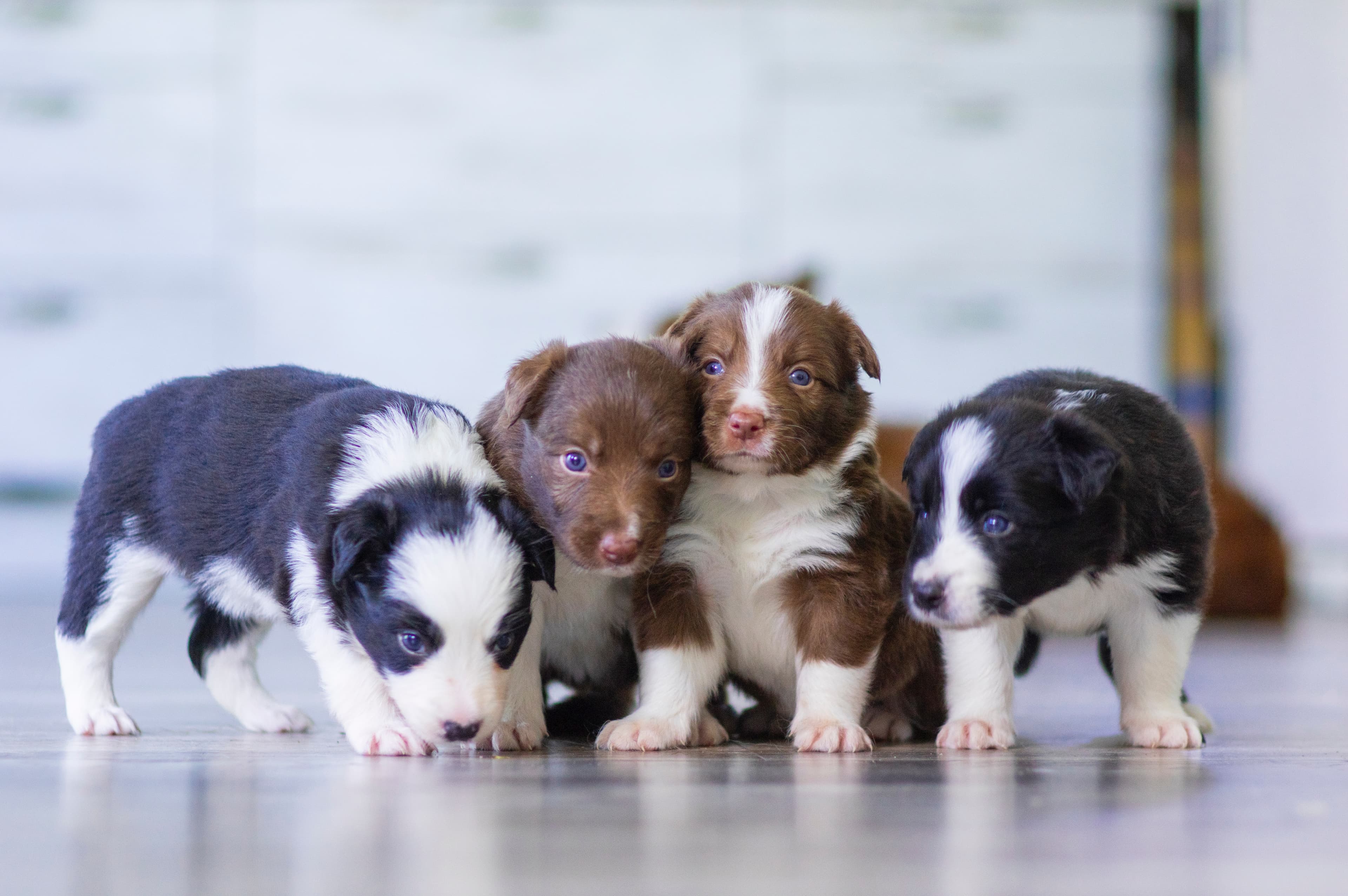Mating ritual
If you are an experienced breeder, you probably have a good idea of how and when to mate your bitch. For those of you who are newer to the breeding role, here is a guide to the bitch's run and when in the run it is time for mating.
For most of the year, the bitch is in what is known as anestrus/vilopic period, which is a hormonally quiet period without much ovarian activity. Anestrus is followed by proestrus and marks the start of the heat. A light blood-coloured discharge from the vulva is then seen. Sometimes the discharge is clearly visible but sometimes it is more difficult to detect. The run usually lasts for 10 days on average but can vary from anywhere between three days to three weeks. Proestrus is followed by estrus and this is when the bitch ovulates and is ready for mating. Peak heat lasts for about nine days and then turns into post heat or metestrus. This phase occurs whether or not the hen has become pregnant. Towards the end of the postpartum period, some bitches that have not become pregnant may become pregnant. The aftermath lasts for about two months and then passes into the resting phase.
A bitch can run anywhere from 1-4 times a year. The time interval between runs varies between individuals but is usually the same for the same bitch. It is not entirely clear what triggers a run but changes in day length, temperature, coat shedding and other external factors may be influential.
Mating time
Ovulation occurs early in the heyday and it is after this that the bitch can become pregnant. It is important to be aware of when the hen is transitioning from pre-lambing to high heat to be prepared for the right mating time. Just before ovulation, estrogen levels decrease and progesterone levels increase. This stops the blood flow during breeding and the discharge becomes more clear and transparent and the vulva softens.
Is the bitch ready?
You can test if the bitch is ready to mate by stroking her bottom and tail with one hand - if she is ready, she will raise her bottom and move her tail to the side. The bitch will also pull her tail to the side if a male dog smells her bottom. It is also possible to take a blood test at a clinic to measure the level of progesterone in the blood, which can give an indication of when the time is right.
Good mating times for natural mating are on days 1 and 2 after ovulation. A good indication may be to mate on days 2 and 4 from when the female has started to show the "tail reflex" or when she presents herself to the male. In this way, you start from the bitch's behaviour instead of counting the number of days of bleeding, which is often used. Progesterone levels are then around 25-40 nmol/l. But don't forget that even if the timing is right, the chemistry between the bitch and the male may not be right. The female and male must have a chance to get to know each other before mating and a lot of patience may be needed.






